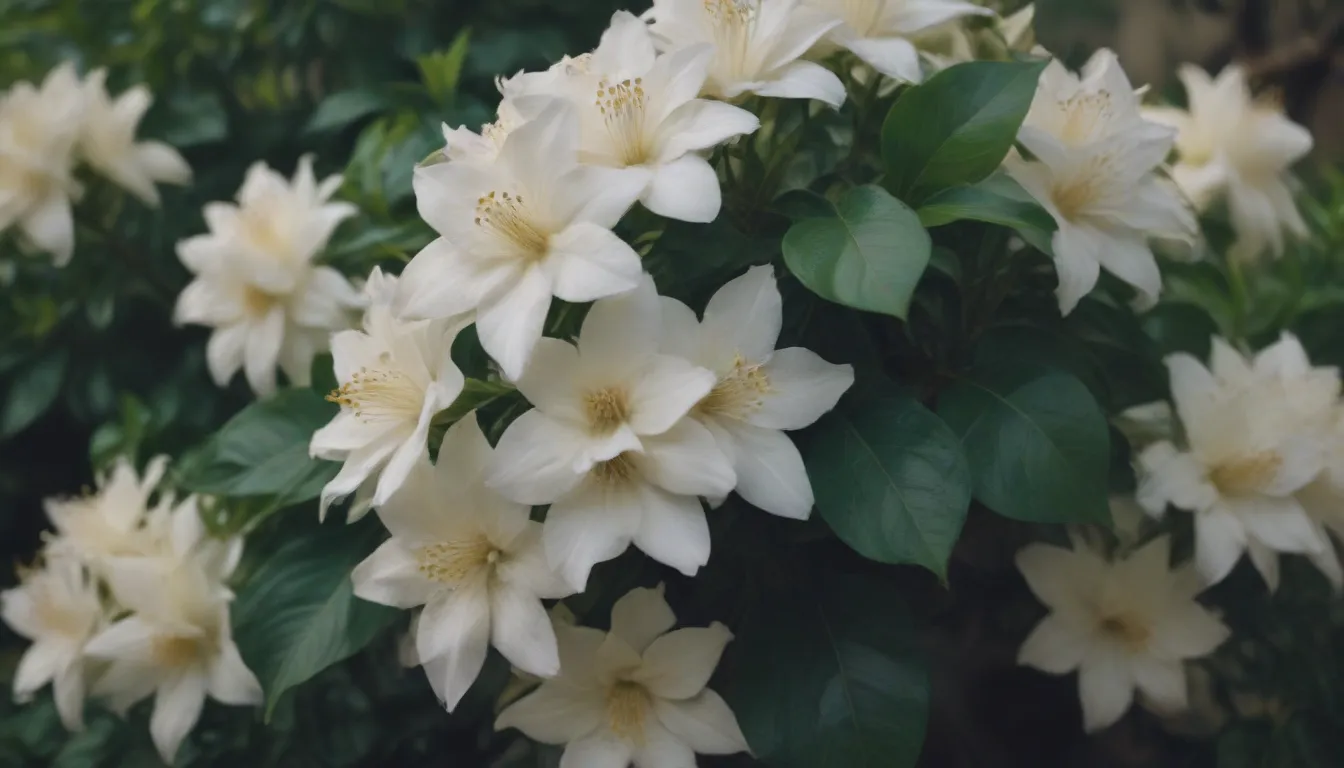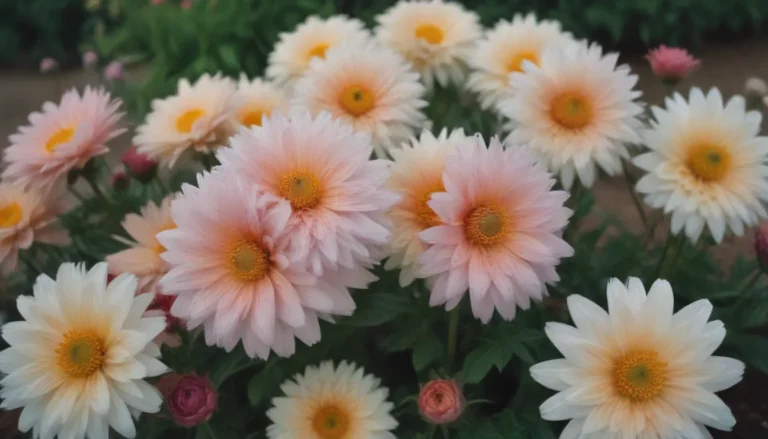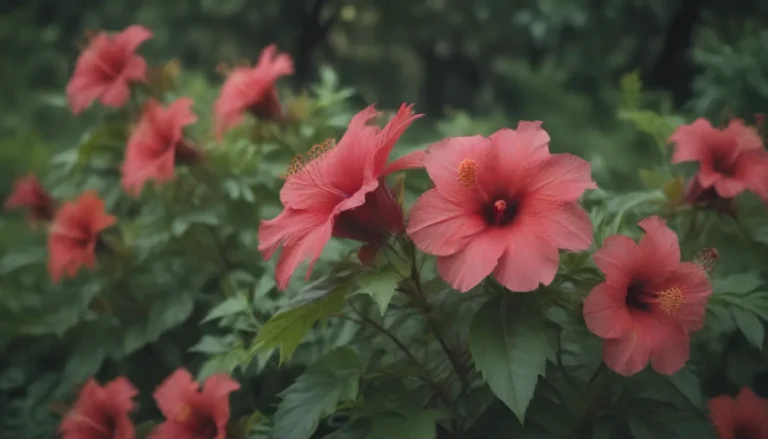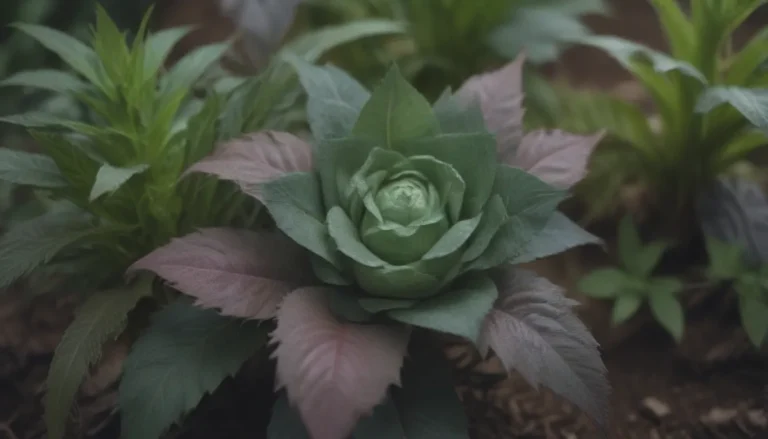The Ultimate Guide to Growing and Caring for Asiatic Jasmine

If you’re looking for a versatile and beautiful ground cover, Asiatic jasmine may be the perfect plant for you. This fast-growing, evergreen plant with fragrant pale yellow flowers is a great addition to any garden. In this comprehensive guide, we will provide you with all the information you need to successfully grow and care for Asiatic jasmine in your own yard.
What is Asiatic Jasmine?
Before we dive into the care tips, let’s take a closer look at what Asiatic jasmine is all about. Asiatic jasmine (Trachelospermum asiaticum) is a ground cover plant that resembles jasmine but does not actually belong to the jasmine genus. It is known for its dense evergreen foliage and low-growing habit, making it perfect for covering bare spots under trees or along walls. While some varieties of Asiatic jasmine produce fragrant flowers, others are grown for their stunning foliage.
Why Choose Asiatic Jasmine?
Asiatic jasmine has many desirable qualities that make it a popular choice for gardeners, especially in the American South. Here are some reasons why you should consider adding Asiatic jasmine to your garden:
- Little maintenance required: Aside from annual pruning, Asiatic jasmine is a low-maintenance plant.
- Drought-tolerant: Asiatic jasmine can thrive in dry conditions.
- Pest and disease-resistant: You won’t have to worry about serious pest infestations or diseases with Asiatic jasmine.
- Salt-tolerant: Asiatic jasmine can tolerate salty soils, making it a great option for coastal areas.
Growing Conditions for Asiatic Jasmine
To ensure the health and vitality of your Asiatic jasmine plants, it’s important to provide them with the right growing conditions. Here are some key factors to consider:
Light
Asiatic jasmine can thrive in both full sun and partial shade. In hot climates, it is best to plant it in partial shade to protect it from intense midday or afternoon sun exposure.
Soil
While Asiatic jasmine can adapt to a variety of soil types, it thrives in moist soil with good drainage. Avoid planting it in alkaline soil with a pH above 8.0, as this can hinder its growth and overall health.
Water
When initially planting Asiatic jasmine, be sure to water the soil regularly to help the plants establish strong roots. Once established, Asiatic jasmine has moderate drought tolerance and only needs to be watered during dry spells or extreme heat.
Temperature and Humidity
Asiatic jasmine prefers humid conditions and dislikes extreme heat. It is not winter-hardy below USDA zone 7, so be sure to bring container-grown plants indoors during the winter months in colder climates.
Fertilizer
Asiatic jasmine is not a heavy feeder and only requires fertilization once a year with a balanced fertilizer in the spring.
Types of Asiatic Jasmine
Plant breeders have developed several varieties of Asiatic jasmine, each with its own unique characteristics. Here are some popular varieties to consider:
- Trachelospermum asiaticum ‘HOSNS’ ‘Snow-N-Summer’
- Trachelospermum asiaticum ‘Minima’
- Trachelospermum asiaticum ‘Ogon Nishiki’
- Trachelospermum asiaticum ‘Summer Sunset’
- Trachelospermum asiaticum ‘Variegatum’
Pruning and Propagating Asiatic Jasmine
Proper pruning is essential for keeping Asiatic jasmine under control and encouraging healthy growth. When pruning, be sure to avoid cutting off any flower buds if you are growing Asiatic jasmine for its blooms. Asiatic jasmine can also be propagated from cuttings, making it easy to expand your plant collection.
Potting and Repotting Asiatic Jasmine
For smaller varieties of Asiatic jasmine, consider planting them in hanging containers. Be sure to choose a container with adequate drainage and repot as needed to accommodate the plant’s growth.
Overwintering Asiatic Jasmine
In colder climates, Asiatic jasmine must be brought indoors during the winter to protect it from freezing temperatures. Provide the plant with adequate light and humidity to ensure its survival during the colder months.
Common Pests and Diseases
Asiatic jasmine is generally resistant to pests and diseases, but leaf spot and sooty mold can occur in certain conditions. Proper care and maintenance can help prevent these issues from affecting your plants.
In conclusion, Asiatic jasmine is a versatile and beautiful plant that can add a touch of elegance to any garden. By following the care tips outlined in this guide, you can enjoy lush, vibrant Asiatic jasmine plants for years to come. Whether you’re looking for a low-maintenance ground cover or a fragrant blooming plant, Asiatic jasmine has something for every garden enthusiast.





